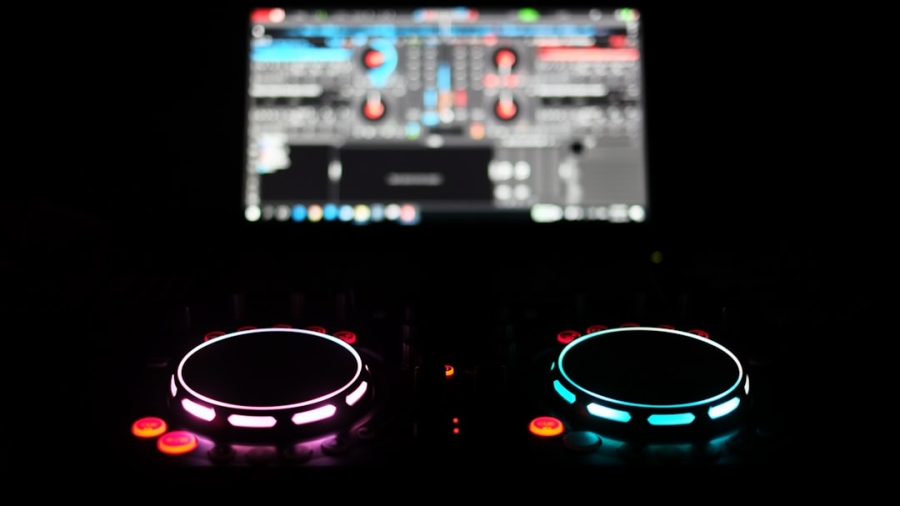Error, text is too long or too short
In the realm of interior design, the integration of AR (Augmented Reality) and VR (Virtual Reality) technologies has been a game-changer, allowing designers and clients to visualize spaces in immersive ways before actual physical changes are made. While I don’t have a direct link to an article specifically about AR and VR in interior design from the provided list, you might find related technology topics, such as the best laptops for video and photo editing, which are crucial tools in handling sophisticated design software. For more information on suitable hardware that can support such innovative interior design technologies, you can read more


